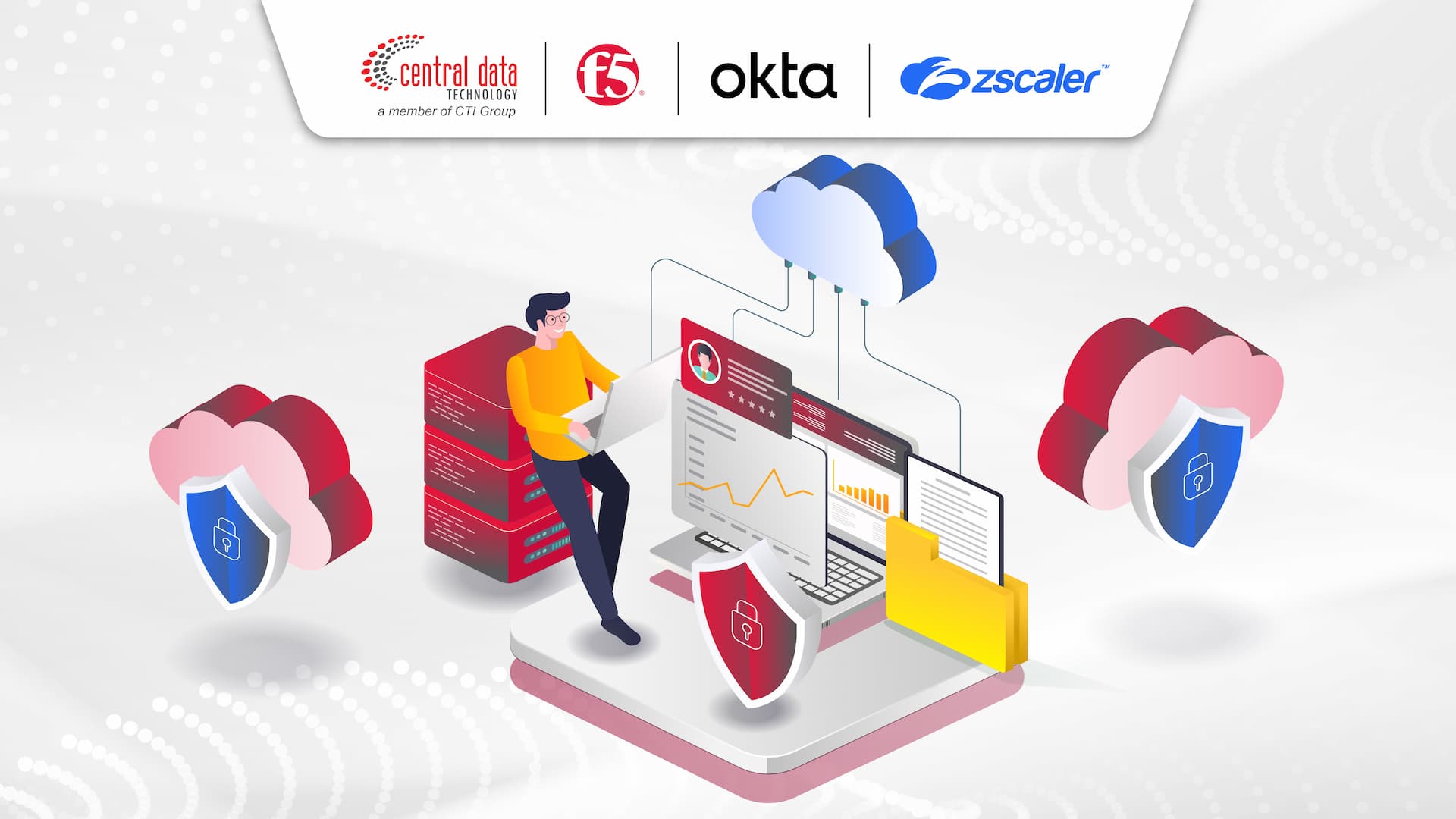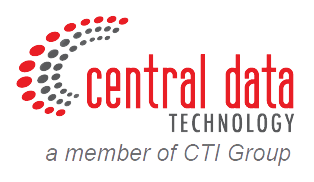
More and more companies are shifting to cloud native architectures to accelerate digital transformation. However, as cloud adoption grows, so do cyberattacks and data breaches.
Interestingly, Gartner predicted this as early as 2019, estimating that by 2025, 99% of cloud security failures will result from user misconfigurations. In other words, the issue lies not in weak technology, but in how we manage it within an increasingly complex environment.
This is why cloud native security has become a critical element in ensuring adaptive, sustainable protection across today’s evolving digital ecosystem.
What Is Cloud Native Security?
Cloud native security is a security approach that’s built directly into the cloud architecture, rather than added as a separate layer. It safeguards the entire application lifecycle—from development and deployment to runtime.
Unlike traditional security that focuses on network and perimeter protection, cloud native security is integrated into every component of the application—containers, microservices, and APIs—from the development stage. In this way, security evolves together with the application instead of being applied after deployment.
How Does Cloud Native Security Work?
Cloud native security protects applications, APIs, and data in the cloud through automated, distributed protection. Each access request is verified using the Zero Trust principle, ensuring that identity, context, and access rights are validated before granting entry to any resource.
Applications and APIs are further protected through traffic inspection, anomaly detection, and real-time threat mitigation, while data is continuously monitored to prevent leaks and ensure regulatory compliance.
These processes are consistently managed across multi-cloud, hybrid, and edge environments, allowing companies to maintain both security and operational efficiency.
Key Security Challenges in Cloud Native Environments
Modern enterprises face numerous challenges when adopting cloud native applications, especially when relying on perimeter-based security models. These are the common challenges businesses often face:
- Limited visibility across multi-cloud environments, making it difficult to track data location and activity.
- Shadow IT and misconfiguration caused by lack of centralized oversight.
- Excessive user privileges leading to potential identity misuse and data exposure.
- Protection and compliance requirements for sensitive data under PDPA, GDPR, and ISO 27001.
- Emerging API- and AI-driven threats evolve faster than traditional defenses.
To address these complexities, companies need a distributed, automated, and integrated security approach that works seamlessly across every layer of the cloud.
The Core Pillars of Cloud Native Security
A strong cloud native security framework is built on several foundational pillars, each serving a specific purpose in protecting applications and information. Here are the core pillars:
- Identity & Access Management (IAM): Controls who can access cloud applications and data.
- Application & API Protection: Safeguards applications and APIs against DDoS attacks, bots, and exploits.
- Data Security & Zero Trust: Secures sensitive data through encryption and strict access control.
- DevSecOps & Automation: Embeds security into every phase of development through automation.
- Monitoring & Compliance: Ensures continuous visibility and regulatory adherence in real time.
Why Cloud Native Security Matters for Business
Cloud native security not only strengthens protection across cloud environments but also drives innovation, efficiency, and resilience in digital operations. Key business benefits include:
- Proactive defense against evolving cyber threats through automated detection and response.
- Comprehensive visibility over assets and data, enabling full control of sensitive information.
- Simplified compliance with international standards such as PDPA, ISO 27001, and GDPR.
- Enhanced IT productivity with DevSecOps automation that reduces manual security workloads.
- Cost efficiency through centralized management and optimized infrastructure usage.
By adopting cloud native security, companies can maintain customer trust while enabling faster and safer innovation.
Cloud Native Security Solutions from Central Data Technology
As a trusted technology partner, Central Data Technology (CDT) delivers an integrated approach to building secure, modern, and scalable cloud native environments. With deep expertise in cybersecurity and digital transformation, CDT helps businesses secure their applications, identities, and data across multi-cloud infrastructures.
This approach is powered by three core solutions: F5 Distributed Cloud Services, Okta IAM (Identity and Access Management), and Zscaler Zero Trust Exchange—working seamlessly together to deliver full visibility, control, and end-to-end protection while ensuring compliance with modern data security regulations.
F5 Distributed Cloud Services
F5 Distributed Cloud Services is a SaaS-based platform that unifies security, networking, and application management in one integrated solution. It protects applications and APIs through Web Application Firewall (WAF), DDoS defense, bot mitigation, and API security—providing high performance and complete visibility across all cloud environments.
Through continuous innovation in Web Application and API Protection (WAAP) and a distributed architecture spanning multiple cloud platforms, F5 solidifies its position as a leader in modern application security—empowering enterprises to achieve both performance and protection without compromise.
Okta IAM (Identity and Access Management)
Okta IAM emphasizes an Identity-First Security approach, where identity becomes the core of cloud protection. It ensures that every access to applications and data is secure—regardless of user location, device, or cloud provider—supporting a comprehensive Zero Trust model.
With adaptive authentication and least-privilege access policies, Okta strengthens security posture while simplifying user management across all cloud services. Automated provisioning and revocation reduce human error, while compatibility with global standards such as SAML, OAuth, and OIDC enables seamless integration with diverse digital ecosystems.
Zscaler Zero Trust Exchange
Zscaler Zero Trust Exchange safeguards data, users, and applications anywhere through a cloud delivered Zero Trust platform. Zscaler combines Data Security Posture Management (DSPM) and Cloud Native Application Protection Platform (CNAPP) capabilities to deliver deep visibility into sensitive data and potential risks across multi-cloud environments.
The platform automatically discovers and classifies data, prevents misconfiguration-related breaches, and enforces least-privilege access policies across systems. With built-in compliance and auditing tools, Zscaler enables businesses to maintain robust and adaptive security without compromising user experience or performance.
Best Practices for Implementing Cloud Native Security
To build a strong and sustainable cloud native security posture, companies must embed security early in the design phase. Zero Trust should serve as the foundation—placing identity at the core through modern IAM solutions like Okta, and ensuring applications and APIs are protected with F5 Distributed Cloud Services.
Additionally, continuous data monitoring with Zscaler, DevSecOps integration in development pipelines, and automated compliance audits across environments are essential. Partnering with experienced providers like Central Data Technology (CDT) ensures effective deployment and management of end-to-end security solutions.
Build a Resilient Cloud Native Security Framework with CDT
Enhance the security and resilience of your cloud native applications with Central Data Technology (CDT), part of the CTI Group. As an authorized advanced partner of Okta and Zscaler, and the official distributor of F5 in Indonesia, CDT empowers your business with integrated solutions, combining F5 Distributed Cloud Services, Okta IAM, and Zscaler Zero Trust Exchange, to deliver optimal performance, full visibility, and comprehensive protection across multi-cloud environments.
Contact our team for a consultation and discover the right security solutions for your businesses.
Author: Moyna Farla Tsabitah
CTI Group Content Writer Intern

